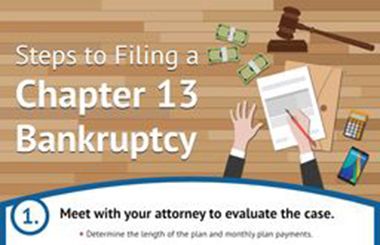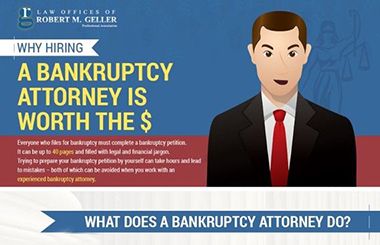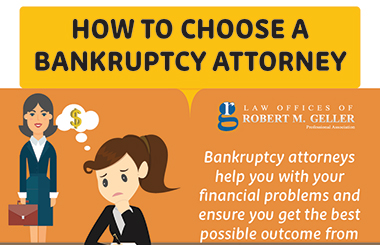
What is Involuntary Bankruptcy?
Involuntary bankruptcy is initiated by creditors rather than the debtor. It is primarily used against businesses but can also apply to individuals in rare cases. The process is governed by federal bankruptcy law and involves several steps:
Filing the Petition
Creditors must file a petition with the bankruptcy court to start the process. The petition must meet specific requirements, including the number of creditors and the amount of debt owed.
For businesses, if there are 12 or more creditors, at least three creditors with unsecured claims totaling $18,600 or more must join the petition. If there are fewer than 12 creditors, a single creditor with an unsecured claim of $18,600 or more can file the petition.
Court Evaluation
Once the petition is filed, the bankruptcy court evaluates the case. The debtor has the right to contest the petition.
If the court finds that the petition meets the necessary criteria and that the debtor is not paying their debts as they come due, it can order the bankruptcy to proceed.
Bankruptcy Proceedings
If the court grants the petition, the bankruptcy process begins. This can result in either a Chapter 7 liquidation or a Chapter 11 reorganization, depending on the specifics of the case.
The court appoints a trustee to oversee the process, manage the debtor’s assets, and ensure that creditors are paid as much as possible.
Can Someone Be “Forced” to File for Bankruptcy?
Yes, under certain conditions, a debtor can be forced into bankruptcy. This primarily happens when creditors believe that the debtor is not paying their debts and that the debtor’s assets are at risk of being dissipated or hidden. Involuntary bankruptcy serves as a tool for creditors to protect their interests and maximize their recovery.
However, not all debtors can be subjected to involuntary bankruptcy. For instance, non-profit organizations, farmers, and family farmers cannot be forced into bankruptcy. Additionally, involuntary bankruptcy is less common for individuals compared to businesses because the requirements and potential complications make it a less attractive option for creditors.
Impact of Involuntary Bankruptcy
Being forced into bankruptcy can have significant consequences for a debtor:
- Asset liquidation: In a Chapter 7 case, the debtor’s assets may be liquidated to pay off creditors. This can result in the loss of business assets, personal property, or other valuable items.
- Reputation damage: For businesses, an involuntary bankruptcy can harm their reputation and undermine trust with customers, suppliers, and partners.
- Legal and financial complexity: Navigating an involuntary bankruptcy can be legally and financially complex, requiring the debtor to engage in additional court proceedings and possibly incur additional legal fees.
Seek Legal Advice
If you are struggling with debt or facing the threat of involuntary bankruptcy, it is crucial to seek legal advice. An experienced bankruptcy attorney can help you understand your rights and options. They can also represent you in court, negotiate with creditors, and guide you through the complexities of bankruptcy law.
Are you facing crushing debt? Are you unsure what steps to take to resolve your debts? We can help. Contact the Law Offices of Robert M. Geller to schedule a free consultation with an experienced attorney.








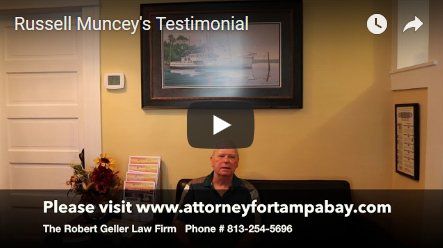

















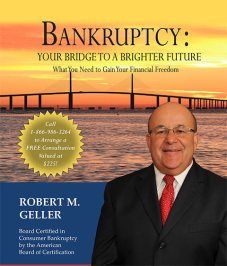
![Signs That You May Need to File Bankruptcy [Infographic]](https://djml3wkzi26ea.cloudfront.net/wp-content/uploads/2021/01/signs-chap7-v-chap13.jpg)
![How To File for Bankruptcy [Infographic]](https://djml3wkzi26ea.cloudfront.net/wp-content/uploads/2020/07/bankruptcy-steps-infographic-web.jpg)
